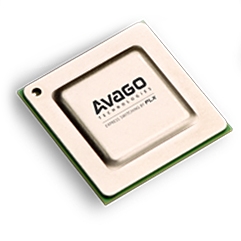I saw @Dave Hob's thread.[1] I'm posting this one because that one was from 2020 and getting a little old.
I purchased a nice 4 slot ASUS adapter from Amazon.[2] Although it's usable once the R630XD is booted (e.g. from an external USB or from one of the SATA drives), the Dell box does not allow booting from the adapter. Unfortunately, it's not recognized/enumerated at boot time by the R730XD. I posted a message up on the PowerEdge forum and a Dell tech support said the R730XD can't even boot with the Dell BOSS-S1 card. 
@Dave Hob didn't explicitly say he was booting from the two adapters he said work with his R730XD. I'm wondering if anyone out in the TrueNAS community has successfully booted an R730XD from a nice fast MNVe M.2 SSD and would they recommend their adapter.
[1]: https://www.truenas.com/community/threads/dell-pe-r730xd-pcie-nvme-m2-recommandation.85961/
[2]: https://www.amazon.com/gp/product/B07NQBQB6Z/
[3]: https://www.dell.com/community/Powe...-Bootable-NVMe-Adapter-for-R730XD/m-p/8382877
I purchased a nice 4 slot ASUS adapter from Amazon.[2] Although it's usable once the R630XD is booted (e.g. from an external USB or from one of the SATA drives), the Dell box does not allow booting from the adapter. Unfortunately, it's not recognized/enumerated at boot time by the R730XD. I posted a message up on the PowerEdge forum and a Dell tech support said the R730XD can't even boot with the Dell BOSS-S1 card.
@Dave Hob didn't explicitly say he was booting from the two adapters he said work with his R730XD. I'm wondering if anyone out in the TrueNAS community has successfully booted an R730XD from a nice fast MNVe M.2 SSD and would they recommend their adapter.
[1]: https://www.truenas.com/community/threads/dell-pe-r730xd-pcie-nvme-m2-recommandation.85961/
[2]: https://www.amazon.com/gp/product/B07NQBQB6Z/
[3]: https://www.dell.com/community/Powe...-Bootable-NVMe-Adapter-for-R730XD/m-p/8382877



